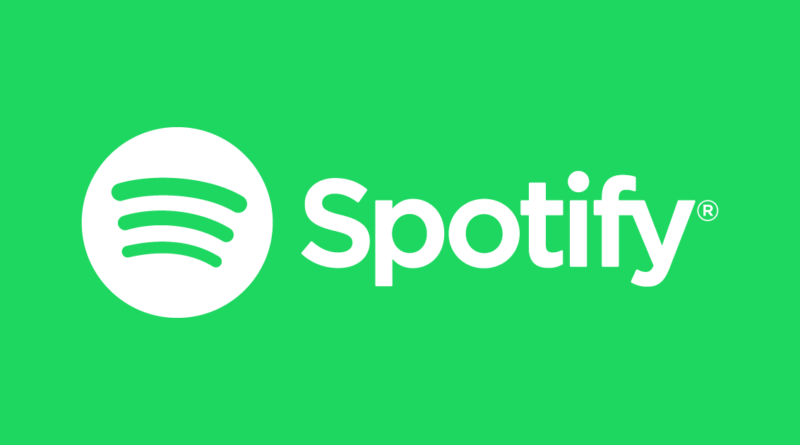Unveiling the Harmony of Music: A Deep Dive into Spotify
In the realm of music streaming services, Spotify stands as a giant, revolutionizing the way people consume and discover music. Launched in 2008, this Swedish-born platform has grown into a global powerhouse, boasting millions of songs, podcasts, and playlists. In this article, we will explore the intricate tapestry of Spotify, from its inception and unique features to its impact on the music industry and the user experience it offers.
The Birth of Spotify
1. Origins and Founding Vision
Spotify was founded in Stockholm, Sweden, by Daniel Ek and Martin Lorentzon. The duo envisioned a platform that would provide users with legal access to a vast library of music, ultimately combating the rising issue of music piracy. Their vision was to create a service that would be both user-friendly and artist-friendly, ensuring fair compensation for musicians while delivering an exceptional music streaming experience for listeners.
2. Launch and Early Growth
Spotify officially launched to the public in October 2008, initially in a few European countries. Its unique freemium model, offering both free ad-supported and premium subscription options, quickly gained popularity. The platform’s user base grew exponentially, and by 2011, Spotify had expanded its reach to the United States, solidifying its position as a global music streaming leader.
The Spotify Experience
1. User Interface and Accessibility
Spotify’s success is deeply rooted in its user-friendly interface. The platform is accessible via a web player, desktop application, and mobile app, ensuring that users can enjoy their favorite music anytime, anywhere. The clean and intuitive design allows for easy navigation, making it simple for both casual listeners and music enthusiasts to explore the vast catalog.
2. Personalization and Discover Weekly
At the heart of Spotify’s appeal is its commitment to personalization. The platform employs advanced algorithms that analyze user listening habits, preferences, and playlists to curate personalized recommendations. The “Discover Weekly” playlist, a weekly compilation of songs tailored to individual tastes, has become a beloved feature, introducing users to new artists and genres.
3. Extensive Music Library
Spotify boasts an extensive library with millions of songs spanning various genres and languages. Users can explore everything from chart-topping hits to obscure indie tracks. The platform’s commitment to inclusivity has made it a go-to destination for music lovers with diverse tastes.
4. Podcasts and Exclusive Content
Recognizing the growing popularity of podcasts, Spotify has expanded its offerings to include a vast collection of podcasts on diverse topics. The platform has also secured exclusive podcast deals with high-profile creators, further solidifying its presence in the podcasting space.
The Impact on the Music Industry
1. Shifting Paradigms in Music Consumption
Spotify has played a pivotal role in shifting the music industry’s focus from ownership to access. With a vast library available at users’ fingertips, the concept of owning physical copies of music has given way to the convenience of streaming. This shift has influenced how artists release and promote their music, emphasizing the importance of playlist placement and streaming numbers.
2. Monetization and Fair Compensation
While Spotify has faced criticism for the revenue artists receive per stream, it has also provided a legal and accessible revenue stream for musicians. The platform’s freemium model allows users to listen for free with ads, and subscription fees contribute to artist payouts. Spotify has become a primary source of income for many independent and emerging artists.
3. Global Reach and Cultural Exchange
Spotify’s global reach has facilitated cultural exchange on an unprecedented scale. Artists from different corners of the world can now reach international audiences without the need for extensive marketing campaigns. This has led to a more diverse and interconnected music landscape, where listeners can easily discover and appreciate music from various cultures.
Behind the Scenes: How Spotify Works
1. Music Licensing and Agreements
To build its extensive music library, Spotify enters into licensing agreements with record labels, publishers, and independent artists. These agreements outline the terms for the use of music on the platform, including compensation for rights holders based on the number of streams.
2. Algorithms and Recommendation Systems
Spotify’s recommendation algorithms are at the core of its personalized user experience. These algorithms analyze user behavior, taking into account factors like listening history, likes, skips, and playlist creations. The platform continuously refines its recommendations, aiming to introduce users to new and relevant content.
3. Technology and Streaming Quality
Spotify utilizes advanced streaming technology, employing the Ogg Vorbis format for audio compression. The platform offers various streaming quality options, allowing users to choose their preferred balance between data usage and audio fidelity. This adaptability caters to users with different internet speeds and data plans.
The Future of Spotify: Innovations and Challenges
1. HiFi Streaming
One of Spotify’s upcoming features is the introduction of HiFi streaming, providing users with a higher audio quality option. This move is a response to the growing demand for better audio fidelity among audiophiles and music enthusiasts.
2. Continued Podcast Expansion
Spotify shows no signs of slowing down its podcast endeavors. The platform is likely to continue acquiring exclusive podcast content and striking deals with influential creators to maintain its dominance in the podcasting space.
3. Addressing Artist Compensation Concerns
As the debate around artist compensation per stream persists, Spotify may explore new models or features to ensure fair pay for musicians. This could involve innovative ways to support independent artists and address concerns about the disparity in payouts.
Conclusion
Spotify has undeniably transformed the music landscape, providing a platform that seamlessly combines accessibility, personalization, and an extensive music library. From its humble beginnings in Sweden to its current status as a global music streaming giant, Spotify continues to shape how we consume, discover, and appreciate music. As the platform evolves, embracing new technologies and addressing challenges, it remains at the forefront of the digital music revolution, promising an ever-enriching experience for music lovers around the world.

